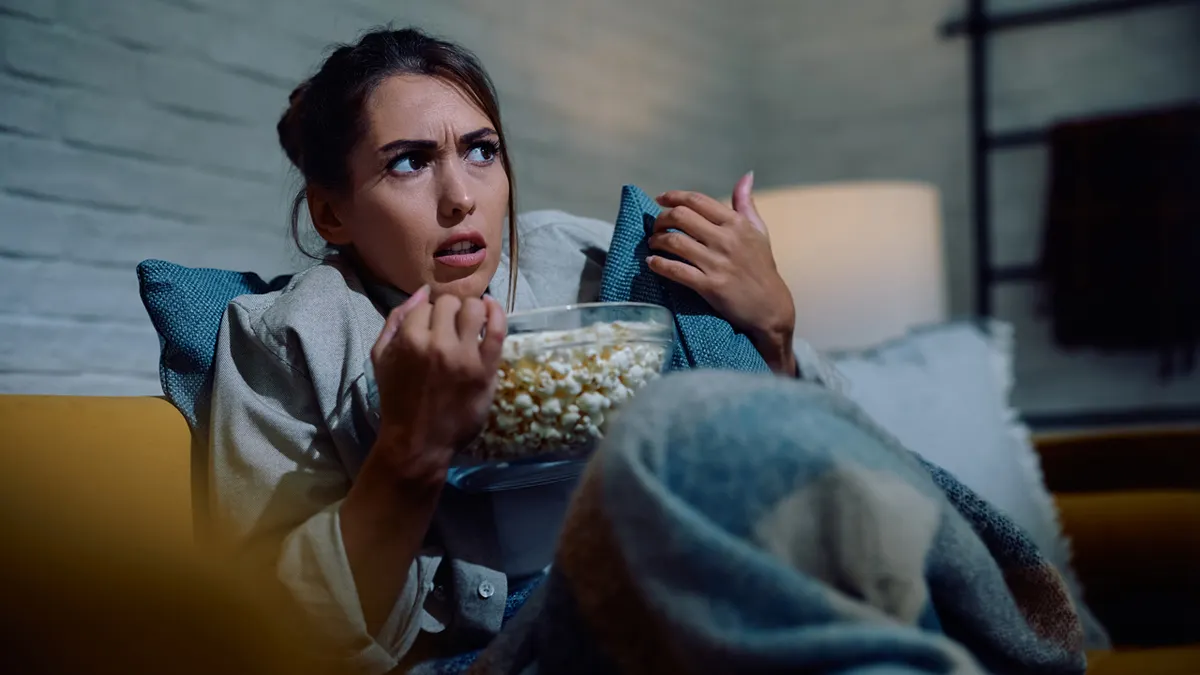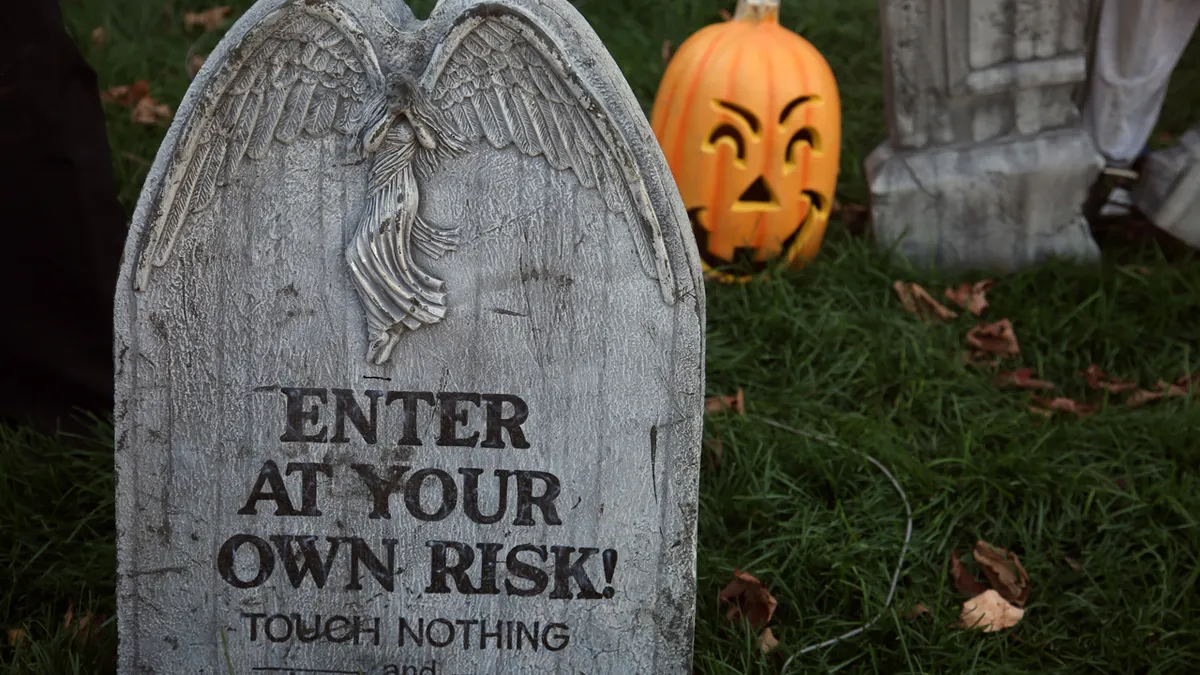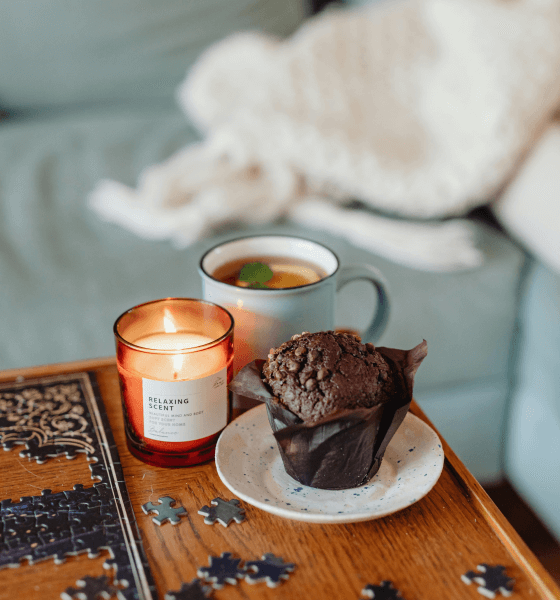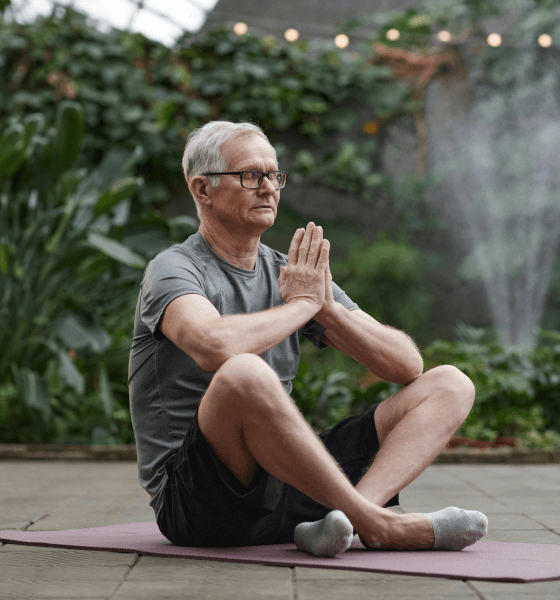

Many favorable Halloween activities, such as strolling through a haunted house or watching a horror movie, are filled with elements designed to elicit fear, yet they are still enjoyable pastimes for many.
When it comes to horror movies specifically, several polls have pointed to a fairly even overall split between those who enjoy them and those who would rather do without.
For example, a 2022 survey conducted by Statista found that 64% of adults ages 30 to 44 either liked or loved watching horror movies.
THRIVING WITH ANXIETY: EXPERT TIPS ON EMBRACING THE MENTAL HEALTH CONDITION
So why do some people enjoy participating in scary activities while others do not find the same amusement?
When watching a horror movie, viewers know that what they see while watching can't actually hurt them — yet the viewing experience can still be a terrifying one.

"When we think about triggers, we all come to our lives with a different story of experiences, and that's a piece of it, but when we kind of pull the lens out a little bit more and take a look at all of our fears, they kind of fall into one of two buckets when we're talking about an internal fear," Dr. Mary Poffenroth, a scientist and fear expert based in Los Angeles and author of "Brave New You," told Fox News Digital in a phone interview.
"Either fear of not enough or fear of losing control," she added.
An example of the fear of losing control could be a person experiencing a jump scare, according to Poffenroth, which can be viewed as something that can't be controlled.
Self-confidence could be another factor that comes into play.
TO SIGN UP FOR OUR LIFESTYLE NEWSLETTER
"If you're somebody that maybe is struggling with self-confidence … and [you're] putting yourself into scary situations or scary movies or haunted houses like that, you may feel like that fear [of] not enough, of not being courageous enough or brave enough or tough enough," Poffenroth said.
Such feelings that develop inside when a scary element is present start in the brain — which can signal to the body that it's in danger, even though it may not actually be, according to experts.

"In our brain, we have two almond-shaped structures, one on the left, one on the right, that we're going to refer to as the amygdala," said Poffenroth.
"Even though the entire process is a little bit more complicated, in easier terms, it's the amygdala that is going to be the driver of our fear response, and the amygdala works in an on-off switch, even though there's a spectrum of intensity."
The amygdala can either signal a person is in danger or alert the body that everything is safe.
HALLOWEEN-THEMED BOOKS THAT WILL GIVE YOU A FRIGHT THIS SPOOKY SEASON
"That amygdala can get turned on so easily in our modern world, and it's super overprotective," Poffenroth added. "It's trying to get us to stay in the blanket cave as much as possible and not go out in the world, because the world is big and scary — but that's not truly living the life that we say that we want."
For more Lifestyle articles, visit www.foxnews.com/lifestyle
Some find an enjoyable adrenaline rush when it comes to activities that scare them. They can feel a strong sense of pride after overcoming an obstacle that stood in their way.
"When we start to do scary stuff, and we overcome that kind of level or barrier, and then we level up, if you will — then we become more confident that we can handle bigger and bolder types of opportunities," Poffenroth said.

For those who find enjoyment in accomplishing scary feats, it could also simply be their personality that makes them this way, causing them to always want to step out of their comfort zone and push their limits.
"Sometimes that's just a personality trait," Poffenroth said. "For me, I really enjoy pushing the boundaries of what I think I can do, what society says I'm allowed to do, and that's just something I enjoy."
"When we overcome any obstacle, we not only feel better about ourselves, but we get those dopamine hits, and that reward center gets fired up," Poffenroth continued.
"If we found it a positive experience, then we'll want to do it more."


